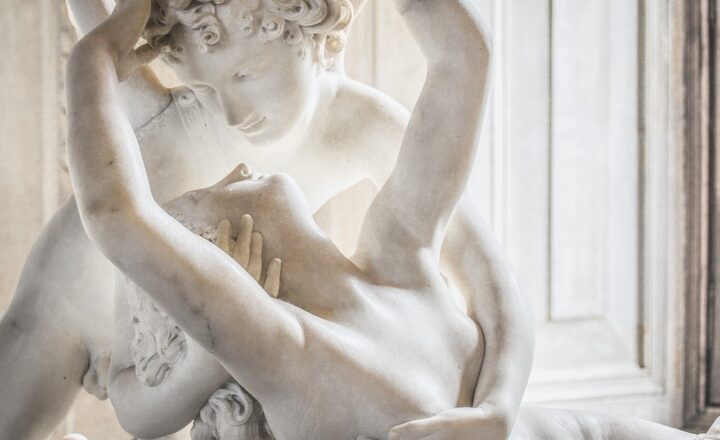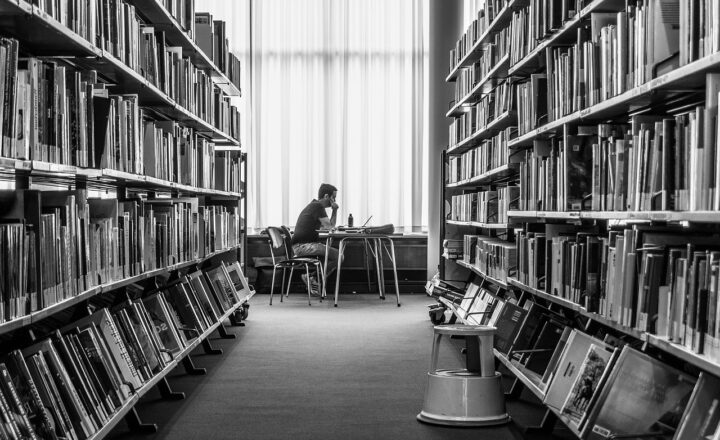How the Renaissance Period Redefined Art, Science, and Human Understanding
November 16, 2024

The Renaissance is a term that evokes imagery of rebirth, innovation, and a profound transformation in human thought. Spanning from the 14th to the 17th century in Europe, this period marked a significant departure from the medieval era, fostering advancements in art, science, and humanistic philosophy. The impact of the Renaissance is felt even in contemporary society, as it laid the groundwork for modern thought and creativity.
1. Understanding the Renaissance: A Historical Overview
The term “Renaissance” derives from the French word for “rebirth” and signifies a revival of interest in the classical learning and values of ancient Greece and Rome. This cultural movement began in Florence, Italy, and slowly spread throughout Europe, influencing a multitude of disciplines. The Renaissance can be broadly divided into three phases: the Early Renaissance (14th to 15th century), the High Renaissance (late 15th to early 16th century), and the Late Renaissance (16th century).
The sociopolitical context of the Renaissance was characterized by increased trade, the rise of wealthy merchant classes, and the gradual decline of feudalism. This shift led to advances in education, philosophy, and the arts, as more people gained access to knowledge and resources.
2. Artistic Evolution: Masters of the Renaissance
The Renaissance produced some of the most celebrated artists in history, including Leonardo da Vinci, Michelangelo, Raphael, and Botticelli. Each contributed immensely to the evolution of art through innovation in technique, subject matter, and human expression.
2.1 The Discovery of Perspective
One of the hallmark techniques of Renaissance art was the mastery of linear perspective, which allowed artists to create the illusion of depth and three-dimensionality on a flat surface. This groundbreaking technique was most notably used by artists such as Masaccio in his work “The Holy Trinity” and later perfected by others, creating a more realistic portrayal of space in art.
2.2 Humanism in Art
The Renaissance shifted the focus from divine representation to the human experience and individualism, influenced by Renaissance humanism. Artists began to depict the human form with unprecedented anatomical accuracy, showcasing not just religious figures but also ordinary people in their work. The intricate detail in paintings such as Da Vinci’s “Mona Lisa” and Michelangelo’s “David” exemplifies this dedication to humanistic representation.
3. Scientific Advancements: Bridging Art and Science
The Renaissance is often credited as the beginning of modern science due to its emphasis on observation, experimentation, and a departure from purely theological explanations of the natural world. Thinkers like Galileo, Copernicus, and Francis Bacon laid the groundwork for the Scientific Revolution that would follow.
3.1 The Birth of Modern Anatomy
One of the critical areas of exploration during the Renaissance was in the field of anatomy. Artists conducted dissections to understand human anatomy better, leading to accurate representations of the human body in their artwork. One notable figure was Andreas Vesalius, whose work “De Humani Corporis Fabrica” revolutionized the study of human anatomy and served as a testament to the intersection of art and science during this period.
3.2 Astronomy: A New Cosmic Perspective
The heliocentric model proposed by Copernicus, which suggested that the Earth revolves around the Sun, radically changed humanity’s place in the universe. This theory was further supported by Galileo’s telescopic observations, which also led to conflict with the Church. These scientific inquiries not only redefined humanity’s understanding of its position in the cosmos but also encouraged a spirit of inquiry and skepticism that would characterize the Enlightenment.
4. Philosophy and Human Thought: The Man as the Measure
Renaissance humanism emphasized the value of human beings and their capabilities. Thinkers like Petrarch and Erasmus challenged the medieval scholasticism and sought to reconcile Christian teachings with classical philosophy.
4.1 The Concept of Individualism
This era celebrated human potential and individual achievement, fostering a belief in the importance of the individual. Through literature, philosophy, and art, the Renaissance celebrated not just the divine, but the triumphs and struggles of humanity.
4.2 Impact on Modern Philosophy
The ideas expressed during the Renaissance laid the groundwork for later philosophical movements, including existentialism and individualism. The Renaissance thinkers’ emphasis on logic, reason, and empirical evidence helped cultivate a sense of skepticism and inquiry that would influence future enlightenment thinkers, shaping modern Western thought.
5. Conclusion: The Enduring Legacy of the Renaissance
The Renaissance period was a watershed moment in human history, marking a shift towards modernity that transformed art, science, and society’s understanding of humanity. The innovations and philosophies of this time continue to resonate in today’s world, reflecting our ongoing quest for knowledge, beauty, and understanding.
The legacy of the Renaissance lives on in how we perceive the connection between art and science, the importance of individual thought, and the value of human experience. As we look back at this transformative period, we are reminded that the pursuit of knowledge and expression knows no bounds.
In embracing the lessons of the Renaissance, we can continue to foster creativity, critical thinking, and a deeper appreciation for the complexities of the human journey.






